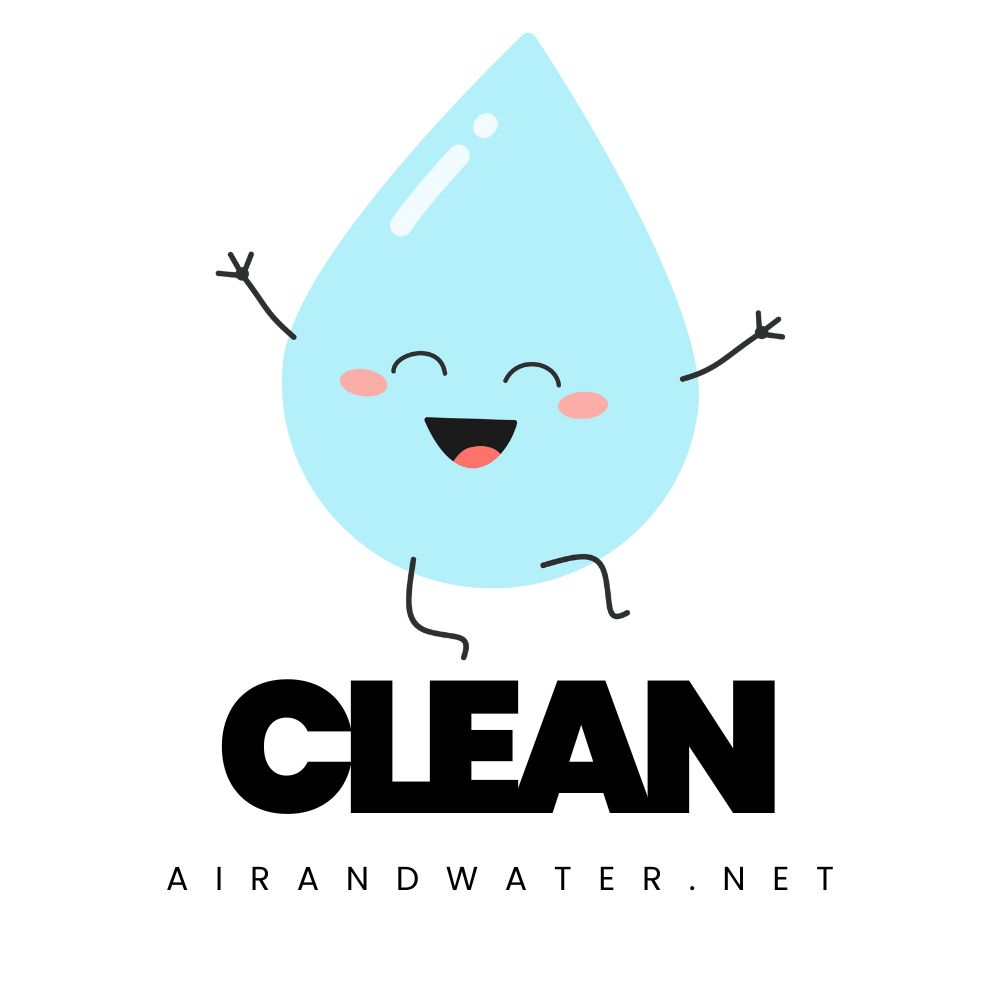Columbus Water Quality at a Glance
significant concerns
Is Columbus Water Safe to Drink?
Generally Yes, With Caution – Columbus water meets federal standards and is regularly tested, but the city faces significant disinfection byproduct contamination with total trihalomethanes at 277 times above health guidelines. Additional concerns include chromium-6 and haloacetic acids. The city draws water from three major reservoirs (Griggs, O’Shaughnessy, and Hoover) plus supplementary groundwater.
⚠️ Key Concerns for Columbus Residents
- Disinfection Byproducts: Total trihalomethanes at 41.6 ppb (277x above health guidelines), causing cancer risk
- Haloacetic Acids: HAA5 at 19.7 ppb and HAA9 at 21.8 ppb, significantly above safe levels
- Chromium-6: Cancer-causing hexavalent chromium detected at 0.207 ppb (10x above health guidelines)
- PFAS Detection: Low levels of PFBA, PFHxA, and PFPeA detected but below current health guidelines
Read the full report below for detailed analysis, city-specific data, and actionable recommendations for Columbus residents.
Columbus – Ohio – Water Quality Report 2025: PFAS Testing, Infrastructure Concerns & Safety across your city
Columbus, Ohio’s largest city and the 14th-largest in the United States, delivers water to over 1.5 million residents through the Columbus Division of Water, which operates one of the Midwest’s most extensive municipal water systems. The division manages approximately 5,000 miles of water mains, three major water treatment plants (Parsons Avenue, Hap Cremean, and Dublin Road), and numerous pumping stations, delivering approximately 130 million gallons daily across the city and surrounding communities.
Columbus draws its water supply primarily from the Scioto River and Big Walnut Creek, with additional supply from Griggs, O’Shaughnessy, and Hoover reservoirs, plus supplementary groundwater from Ranney Collector Wells. The city has invested heavily in watershed protection and advanced treatment technologies to ensure high-quality drinking water. Columbus is recognized for its proactive approach to water infrastructure management, including extensive lead service line replacement programs and innovative green infrastructure initiatives that protect both drinking water quality and the environment.
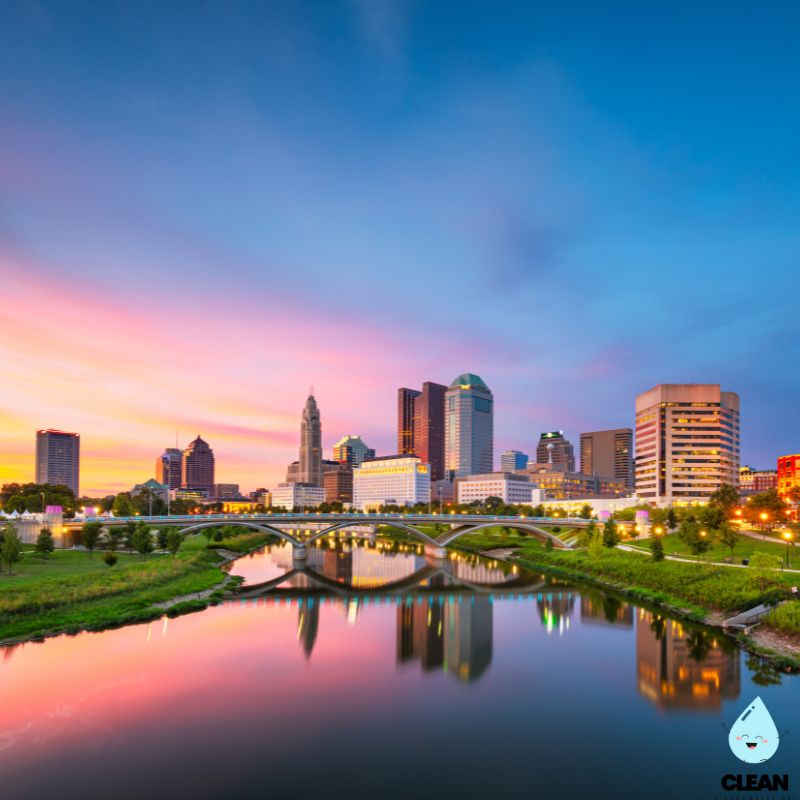
Columbus Water Quality: Current Status (2024-2025)
Latest Testing Results
- Federal Compliance: Columbus water meets all federal and state drinking water standards for the latest quarter assessed by EPA (April-June 2024), maintaining full compliance with EPA regulations and Ohio EPA requirements.
- Disinfection Byproducts: Total trihalomethanes detected at 41.6 ppb (277 times above EWG health guidelines but below EPA limit of 80 ppb), with haloacetic acids at 19.7 ppb (197 times above EWG guidelines but below EPA limit of 60 ppb).
- Testing Scope: Columbus conducts extensive water quality testing across its distribution network, including regular monitoring for over 100 different contaminants and emerging substances like PFAS.
PFAS and Emerging Contaminants
- PFAS Detection: Columbus has detected low levels of PFAS compounds including PFBA (3.70 ppt), PFHxA (1.72 ppt), and PFPeA (1.28 ppt), all well below current health guidelines of 1,000 ppt.
- Proactive Testing: Although not federally required, Columbus voluntarily tests for PFAS compounds and other emerging contaminants to stay ahead of potential health concerns.
- Chromium-6 Levels: Hexavalent chromium detected at 0.207 ppb, which is 10 times above EWG health guidelines but within historical ranges for the region.
State-of-the-Art Treatment
- Advanced Treatment Facilities: Three major treatment plants (Parsons Avenue, Hap Cremean, and Dublin Road) utilize comprehensive treatment processes including coagulation, sedimentation, filtration, and chlorine disinfection.
- Disinfection Management: Chlorine disinfection levels are carefully optimized to kill harmful bacteria and viruses while minimizing formation of disinfection byproducts like trihalomethanes and haloacetic acids.
- Source Water Protection: Extensive watershed management programs along the Scioto River and Big Walnut Creek, including agricultural best management practices and industrial pretreatment requirements.
Infrastructure Excellence
- Smart Water Technology: Advanced metering infrastructure with leak detection capabilities, real-time water quality monitoring, and SCADA systems for optimal system management.
- Main Replacement Strategy: Systematic replacement of aging water mains with approximately 50 miles renewed annually, coordinated with street improvements to minimize disruptions.
- Green Infrastructure: Columbus is implementing over 100 green infrastructure projects including bioswales, permeable pavements, and rain gardens to reduce stormwater impacts on water quality.
Environmental Leadership
Columbus maintains transparency in water quality reporting and has been proactive in testing for emerging contaminants like PFAS before federal requirements. The city’s integrated watershed management approach combines traditional infrastructure improvements with nature-based solutions, protecting both drinking water sources and local waterways. Columbus provides extensive resources about water quality, conservation, and health information while maintaining transparent communication about all water quality data and improvement initiatives through regular consumer confidence reports and public meetings.
Recommendations for Columbus Residents

Consider Water Filtration
Given elevated disinfection byproducts, consider NSF-certified activated carbon or reverse osmosis filters. These can reduce trihalomethanes, haloacetic acids, and other treatment byproducts. Contact Columbus Water Quality Lab at (614) 645-7691 for guidance.
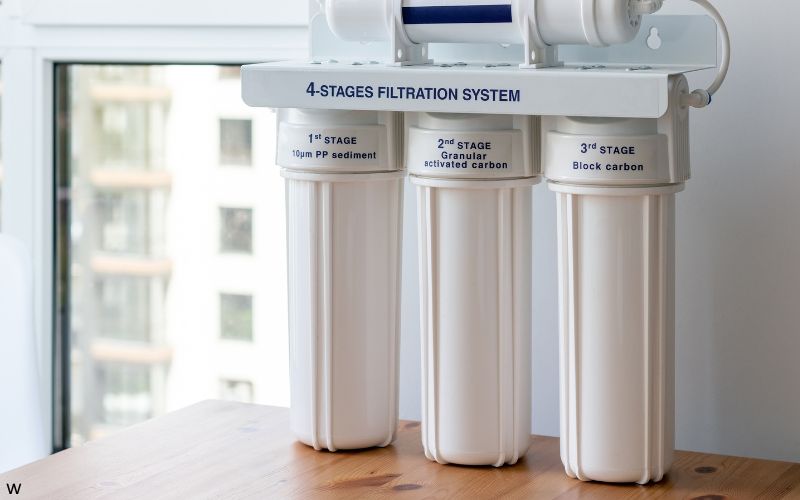
Monitor Water Quality Reports
Stay informed about Columbus water quality through annual Consumer Confidence Reports and quarterly updates. Visit columbus.gov for the latest testing results and information about ongoing improvements and monitoring programs.
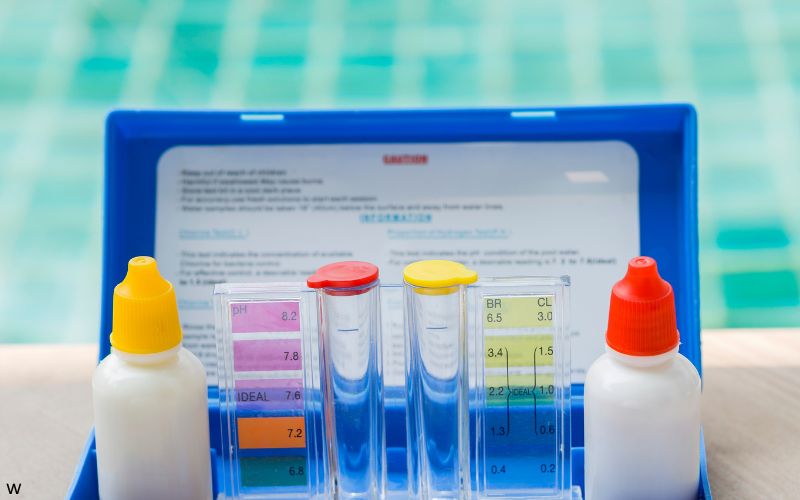
Request Water Testing
Contact Columbus Division of Water at (614) 645-7878 for information about water testing options. While not required for most homes, testing can provide peace of mind, especially for vulnerable populations like pregnant women and young children.
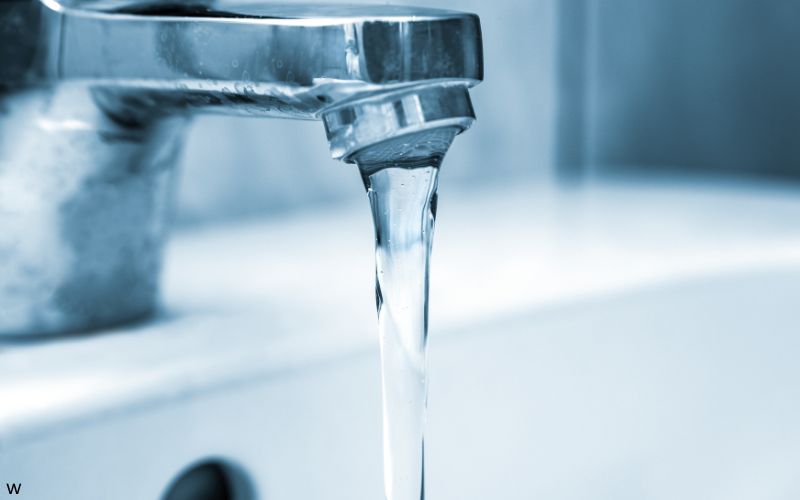
Reduce Chlorine Taste
If you notice chlorine taste or odor, fill a pitcher and refrigerate for several hours to allow chlorine to dissipate naturally. This is normal and safe but can be reduced through simple storage methods or basic carbon filtration.

Conserve Resources
Participate in Columbus’s water conservation programs including rebates for efficient fixtures and rain barrel sales. Report leaks promptly to (614) 645-8277 to help maintain system efficiency and protect our shared water resources.
Quality News About Your Water
Get the comprehensive water quality news coverage you need with our dedicated US Water News Service. From coast to coast, we deliver in-depth reporting and expert analysis on PFAS contamination, EPA regulatory changes, infrastructure developments, and emerging water safety issues affecting communities nationwide. While mainstream media only covers the biggest stories, we provide the detailed, ongoing coverage that helps you understand the full scope of America’s water challenges. Whether you’re a concerned citizen, water professional, or community leader, our daily updates and analytical insights keep you informed about the issues that matter most to public health and environmental safety.
Frequently Asked Questions
Are the disinfection byproducts in Columbus water dangerous?
Columbus water meets all federal safety standards for disinfection byproducts. However, levels of trihalomethanes and haloacetic acids are significantly higher than newer health guidelines suggest for optimal safety:
• Current levels: Total trihalomethanes at 41.6 ppb, haloacetic acids at 19.7 ppb
• Federal limits: 80 ppb for trihalomethanes, 60 ppb for haloacetic acids
• Health guidelines: EWG recommends much lower levels (0.15 ppb for trihalomethanes)
These byproducts form when chlorine disinfectant reacts with organic matter in source water. Long-term exposure to elevated levels may increase cancer risk, which is why many residents choose filtration.
Does Columbus have PFAS contamination like other Ohio cities?
Columbus has much lower PFAS contamination compared to cities like Dayton or areas near industrial sites. Current detection levels include:
• PFBA: 3.70 parts per trillion (ppt)
• PFHxA: 1.72 ppt
• PFPeA: 1.28 ppt
All detected levels are well below current health guidelines of 1,000 ppt. Columbus has not detected PFOA or PFOS, the most concerning PFAS compounds. The city continues voluntary monitoring for these “forever chemicals” despite no federal requirements.
While levels are currently low, PFAS can accumulate over time, making continued monitoring important.
What type of water filter should Columbus residents consider?
Based on Columbus water quality data, residents should consider filters that address the main contaminants of concern:
For Disinfection Byproducts (Primary Concern):
• Activated carbon filters (pitcher, faucet-mount, or under-sink)
• Look for NSF Standard 53 certification
For Comprehensive Protection:
• Reverse osmosis systems remove widest range of contaminants
• More expensive but most effective option
For Chromium-6 and Heavy Metals:
• Reverse osmosis or ion exchange systems
• Activated carbon alone may not be sufficient
Contact Columbus Water Quality Lab at (614) 645-7691 for specific recommendations based on your location and concerns.
Why does my water smell like chlorine sometimes?
Columbus uses chlorine as its primary disinfectant to ensure safe water throughout the distribution system. You may notice stronger chlorine smell or taste:
• During warmer months when higher disinfectant levels are maintained
• After main breaks or system maintenance when additional chlorine is used
• If you live closer to water treatment plants
• During periods of high water demand
This is normal and does not affect water safety. To reduce chlorine taste/odor:
• Fill a pitcher and refrigerate for several hours
• Let water sit uncovered at room temperature before drinking
• Use a basic carbon filter if preferred
Chlorine levels are carefully monitored and maintained within EPA guidelines.
Contaminants of Concern

Disinfection Byproducts
Source: Form when chlorine used for disinfection reacts with naturally occurring organic matter in the Scioto River and Big Walnut Creek water sources
Health Effects: Long-term exposure to elevated levels may increase risk of bladder cancer, liver problems, and reproductive effects
Current Levels: Total trihalomethanes at 41.6 ppb (277x above health guidelines), haloacetic acids at 19.7 ppb (197x above guidelines) EPA Limits: 80 ppb for trihalomethanes, 60 ppb for haloacetic acids
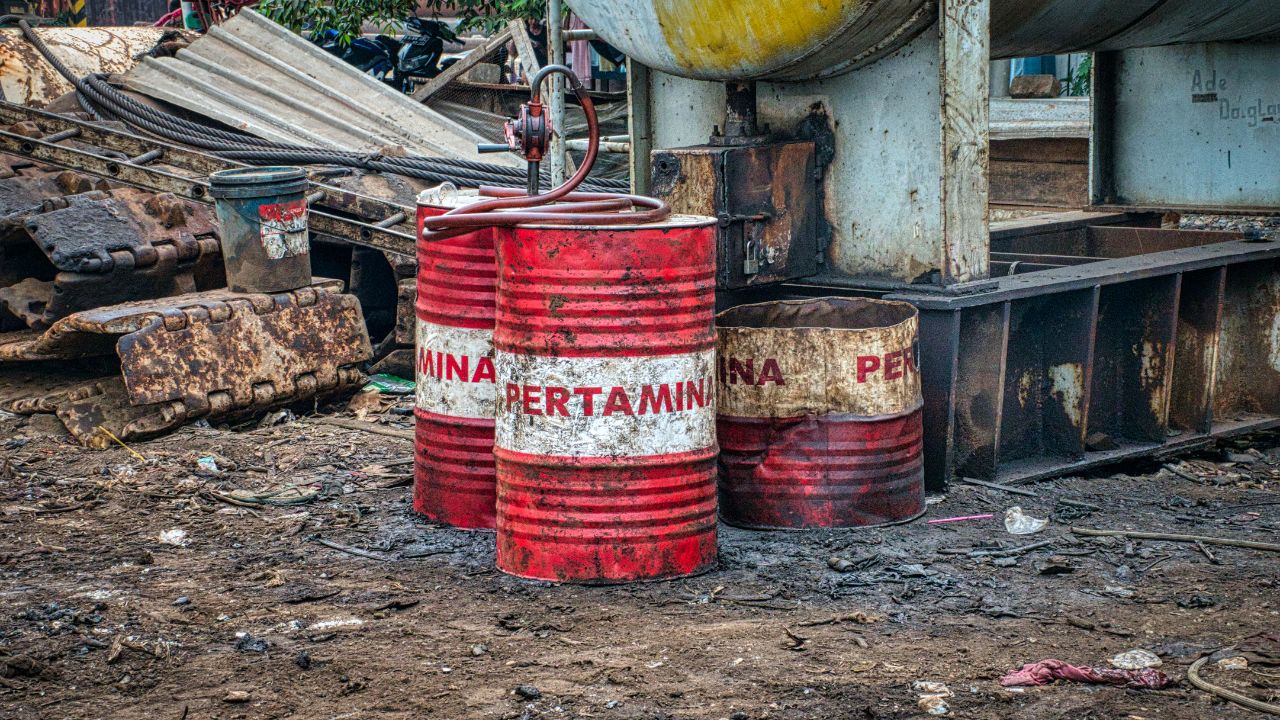
Chromium-6 & PFAS
Source: Chromium-6 from industrial sources and natural deposits; PFAS from consumer products and industrial applications, though at much lower levels than other Ohio cities
Health Effects: Chromium-6 is carcinogenic; PFAS linked to cancer, immune system effects, and developmental issues
Current Status: Chromium-6 at 0.207 ppb (10x above health guidelines); PFAS detected at low levels (1.28-3.70 ppt) well below health guidelines
Please read – our information
The information presented on cleanairandwater.net is compiled from official water quality reports, trusted news sources, government websites, and public health resources. While we strive for accuracy and thoroughness in our presentations, we are not scientists, engineers, or qualified water quality professionals.
Our mission is to present water quality information in an accessible, real-world format that helps people understand what’s in their water and make informed decisions about their health and safety. We believe that complex environmental information should be available to everyone in a format that’s easy to understand.
We make every effort to ensure our content is current and accurate, but we cannot guarantee that all information is complete or error-free. This website should not replace official communications from your local water utility or health department. We always recommend consulting official sources for the most up-to-date information regarding your specific water system.
Clean Air and Water is not liable for any unintentional errors, omissions, or outdated information. The content on this site is provided for informational purposes only and should not be considered professional advice.
